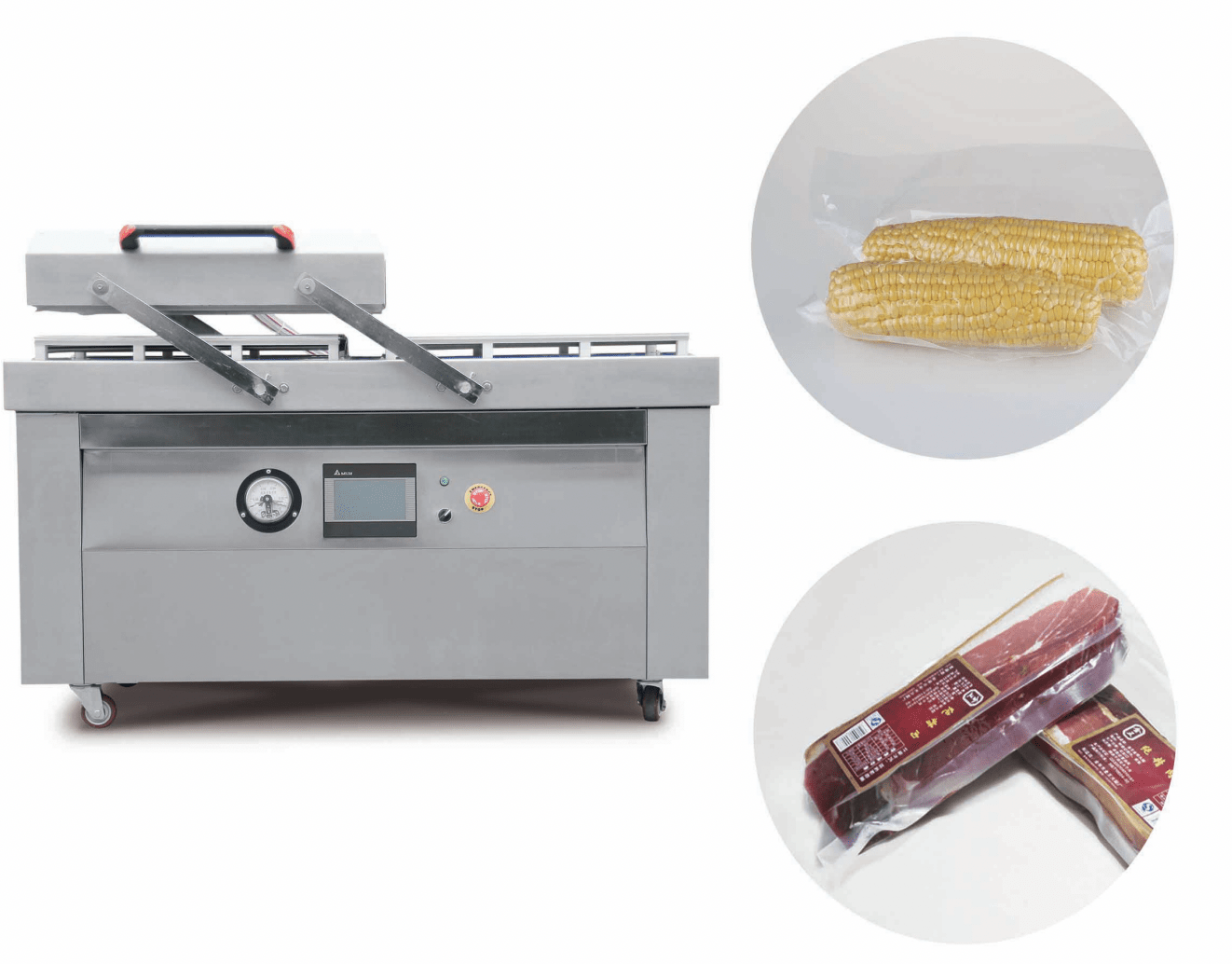- WhatsApp: +86 13606526028
- Email: contact@utien.com
Choosing the right vacuum packaging machine for your business is crucial to ensure product quality, shelf-life, and overall operational efficiency. Vacuum packaging machines are used to remove air from packaging, thereby extending the shelf life of food products and protecting non-food items from moisture and oxidation. Here are the key factors to consider when selecting the right vacuum packaging machine for your business.
The first step in choosing a vacuum packaging machine is to understand your specific packaging needs. Consider the following:
· Product Type: Are you packaging solid foods, liquids, or non-food items? Different machines are designed to handle different types of products.
· Volume: How much product do you need to package on a daily, weekly, or monthly basis? High-volume operations require machines with faster processing capabilities.
· Package Size: What are the dimensions and weight of the packages? Ensure the machine can accommodate your packaging sizes.
There are several types of vacuum packaging machines, each suitable for different applications:
· Chamber Vacuum Sealers: These machines are ideal for high-volume packaging and can handle liquids and moist foods efficiently. The product is placed inside the machine’s chamber, and the entire chamber is vacuumed and sealed.
· External Vacuum Sealers: Suitable for lower volume operations, these machines seal bags externally. They are not as effective with liquids but are excellent for dry foods and other products.
· Double Chamber Vacuum Sealers: These machines are designed for very high-volume operations, allowing one chamber to be loaded while the other is sealing. This increases efficiency and throughput.
· Belt Vacuum Sealers: These are typically used in large-scale industrial operations where products are continuously placed on a conveyor belt that moves through the vacuum sealing process.
When evaluating packaging machines, consider the following features and specifications:
· Vacuum Pump Capacity: The pump’s capacity determines how quickly and effectively air is removed from the packaging. Higher capacity pumps are necessary for high-volume operations and larger packages.
· Seal Bar Length: The length of the seal bar dictates the maximum width of the package. Ensure the seal bar length accommodates your largest package size.
· Construction Material: Stainless steel construction is preferred for durability and ease of cleaning, especially in food processing environments.
· Control Panel and Settings: Look for user-friendly controls with programmable settings for different packaging needs. Advanced machines offer digital controls, touchscreens, and preset programs.
· Gas Flush Option: For packaging delicate products or extending shelf life further, a gas flush option allows inert gases to be introduced into the package after vacuuming.
Choose machines from reputable brands known for their reliability and durability. Read reviews, check for warranties, and consider the availability of spare parts and customer support. Investing in a well-known brand might have a higher initial cost but can save money in the long run due to reduced downtime and maintenance issues.

Consider the ease of operation and maintenance requirements of the machine. Machines with automated functions can reduce labor costs and improve consistency. Easy-to-clean designs and accessible components simplify maintenance, ensuring minimal downtime.
While the initial cost is a significant factor, consider the long-term return on investment (ROI). A more expensive machine with higher efficiency and lower maintenance costs can be more cost-effective over time. Calculate the potential savings from reduced product spoilage, improved shelf life, and increased productivity.
Ensure the machine complies with industry standards and regulations, especially if you are packaging food products. Look for certifications such as CE, UL, or ISO to guarantee the machine meets safety and quality standards.
Choose a machine that can grow with your business. Consider future expansion and the potential need for higher volume packaging. Investing in a scalable solution can save money on future upgrades.
By continuing to use the site you agree to our privacy policy Terms and Conditions.